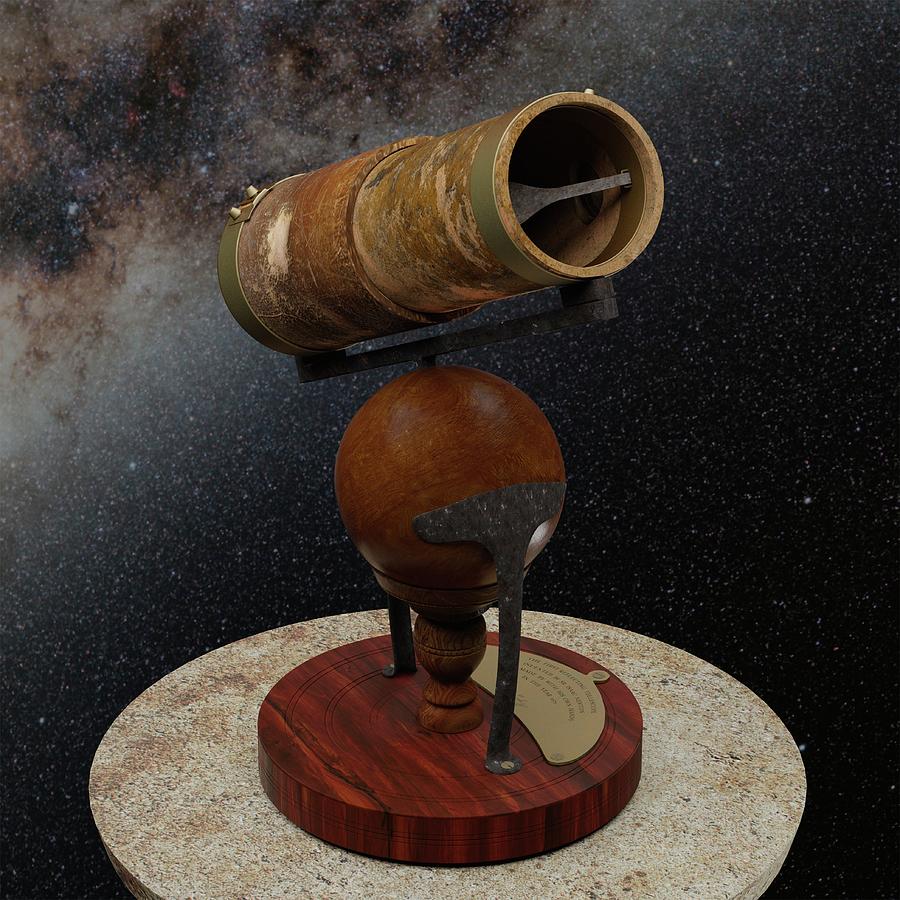

Some, however, may not arrive collimated, most likely due to shocks during transit. A refractor that doesn’t suffer an accident (like a drop) typically won’t need additional collimation over its lifetime. Refractors are factory aligned, and due to their fixed lens, they hold collimation well. Certain designs - reflectors and Schmidt-Cassegrain telescopes, or SCTs - require collimation every time you set up. If the rings aren’t centered, odds are good that the telescope is not collimated correctly. 59 shows these points, along with perfect diffraction rings. Inside focus refers to the eyepiece’s focal point falling inside the light cone it’s the reverse for outside focus. These two non-focused regions are called inside and outside focus. The easiest way to check a telescope’s collimation is to wait until the optics have cooled, pick a bright star, place it in the center of the eyepiece’s field of view, and defocus slightly, first one way, then the other. Further complicating the matter, your telescope could appear to be optically collimated without being mechanically collimated. Mechanical collimation is necessary when the physical components in your scope don’t line up properly - a focuser isn’t square to the tube, a mirror isn’t centered in the tube, or a secondary mirror is misaligned.

Optical collimation aligns a telescope’s optical surfaces to bring the image to the correct orientation in the focal plane. There are two types of collimation: optical and mechanical. For simplicity, I’ll talk about the three major types (and one subtype) of telescopes and point out when you need to collimate. All telescopes need to be collimated at some point however, it’s easy to perform this task on some and a bit more involved for others. More than likely it just needs to be collimated.Ĭollimation is the process of aligning all components in a telescope to bring light to its best focus.

What’s going on? No matter what you do, you simply can’t get a clear image. You take it out in the backyard, manage to find a few targets, and… You spend an hour or so unpacking and assembling the telescope. You’ve done your research and decided on an 8-inch Dobsonian-mounted reflector, or perhaps a 4-inch refractor, or another model that had a great review. The big day’s here: Your first telescope has arrived.


 0 kommentar(er)
0 kommentar(er)
